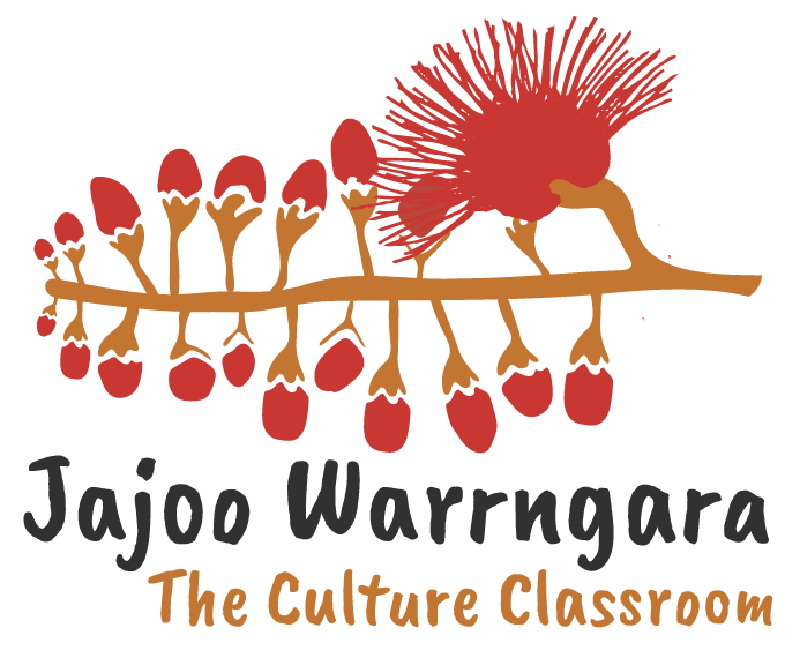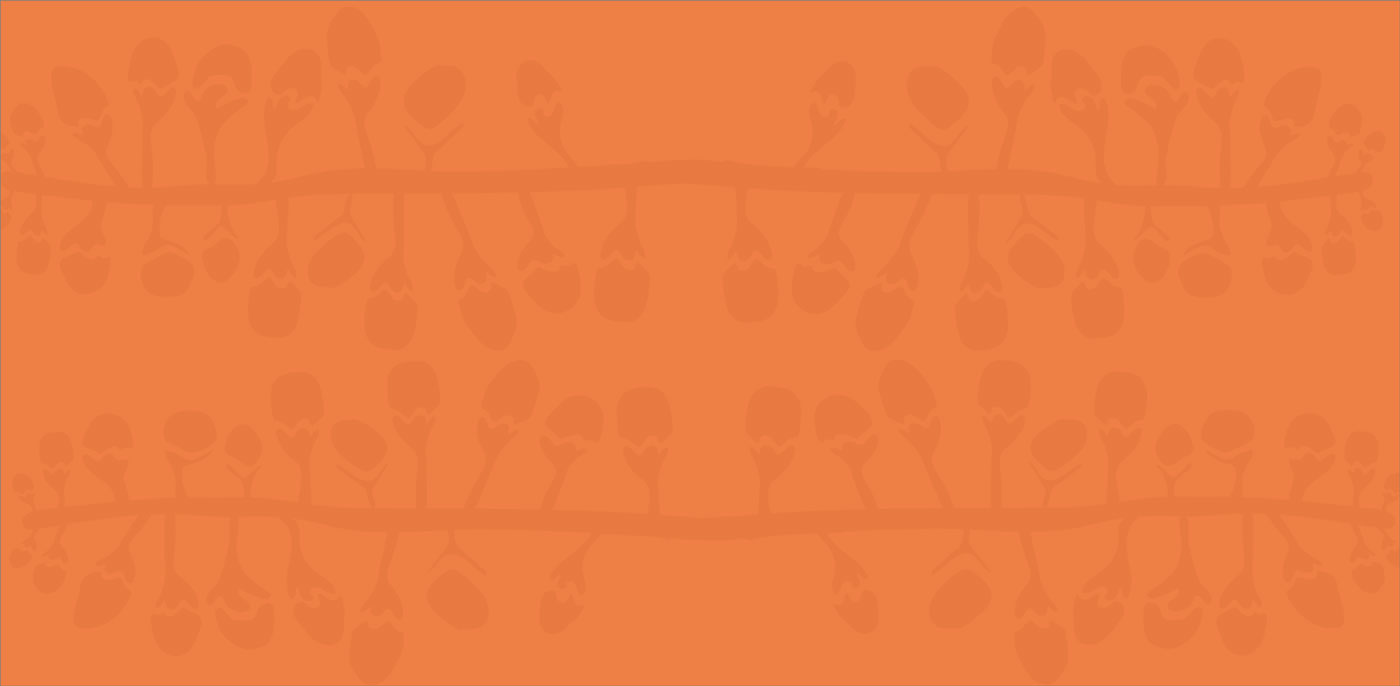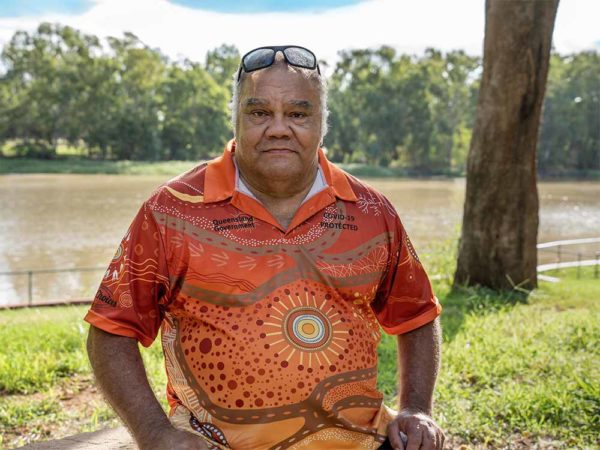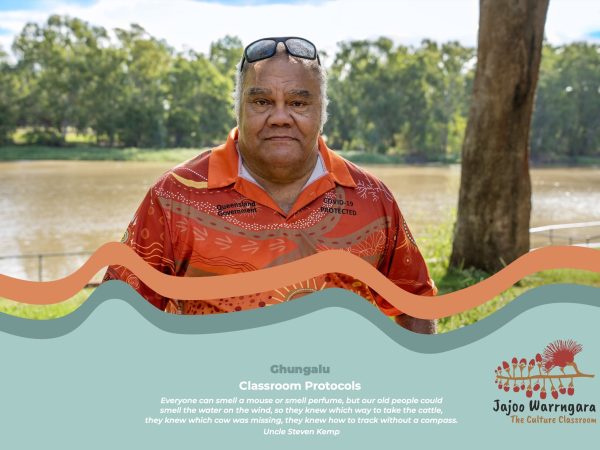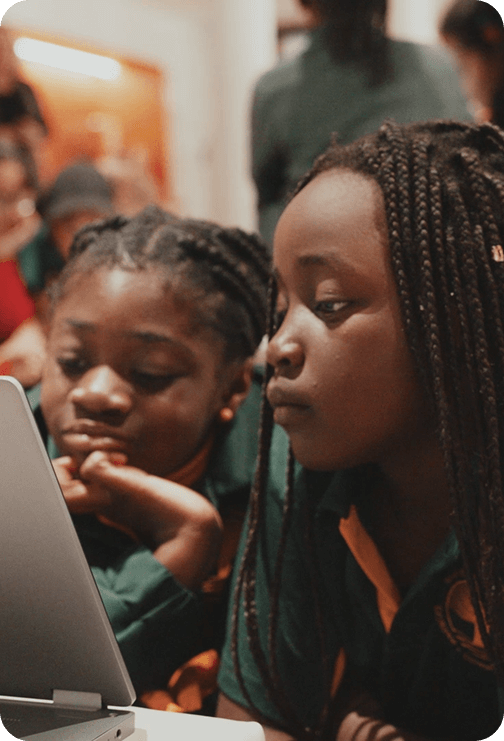AC9HG7K01 classification of environmental resources and the way that water connects and changes places as it moves through environments.
AC9HG7K02 the location and distribution of water resources in Australia, their implications, and strategies to manage the sustainability of water.
AC9HG7K03 the economic, cultural, spiritual and aesthetic value of water for people, including First Nations Australians.
AC9HG7K07 the cultural connectedness of people to places and how this influences their identity, sense of belonging and perceptions of a place, in particular the cultural connectedness of First Nations Australians to Country/Place.
AC9HH7K03 how First Nations Australians are the world’s oldest continuing cultures, displaying evidence of both continuity and change over deep time.
AC9HH7K04 how First Nations Australians have responded to environmental processes and changes over time.
AC9HH7K05 the technological achievements of early First Nations Australians, and how these developed in different places and contributed to daily life, and land and water source management.
AC9HH7K07 the cultural obligations of First Nations Australians about significant heritage sites, including ancestral remains, material culture and artefacts, and the role of collaboration between First Nations Australians and other individuals and groups to ensure cultural preservation.
AC9HH7S03 Identify the origin, content, context and purpose of primary and secondary sources.
AC9HG7S03 interpret and analyse geographical data and information to identify similarities and differences, explain patterns and trends and infer relationships.
AC9HG7S04 draw conclusions based on the analysis of the data and information.
AC9HG7S06 create descriptions, explanations and responses, using geographical knowledge and methods, concepts, terms and reference sources.
